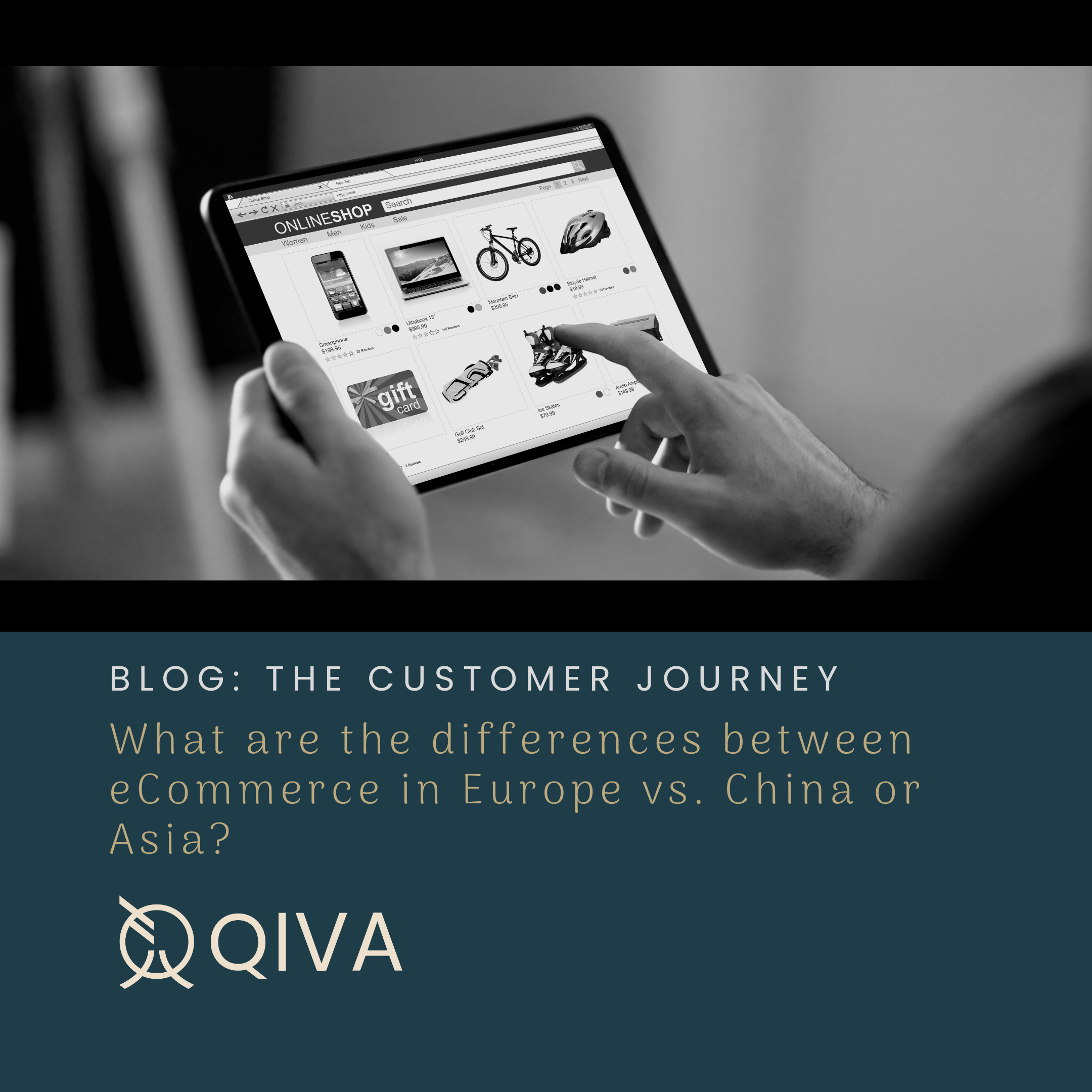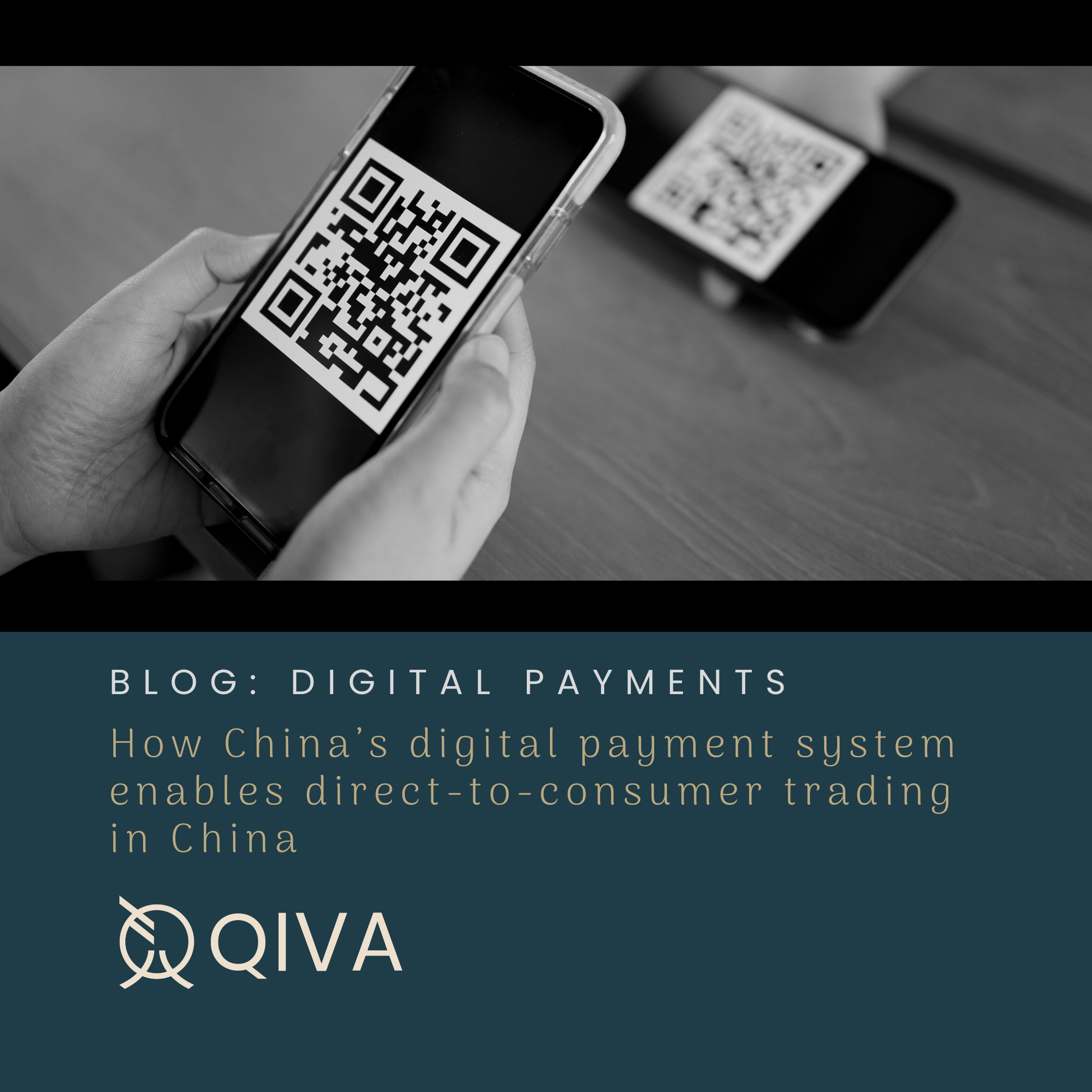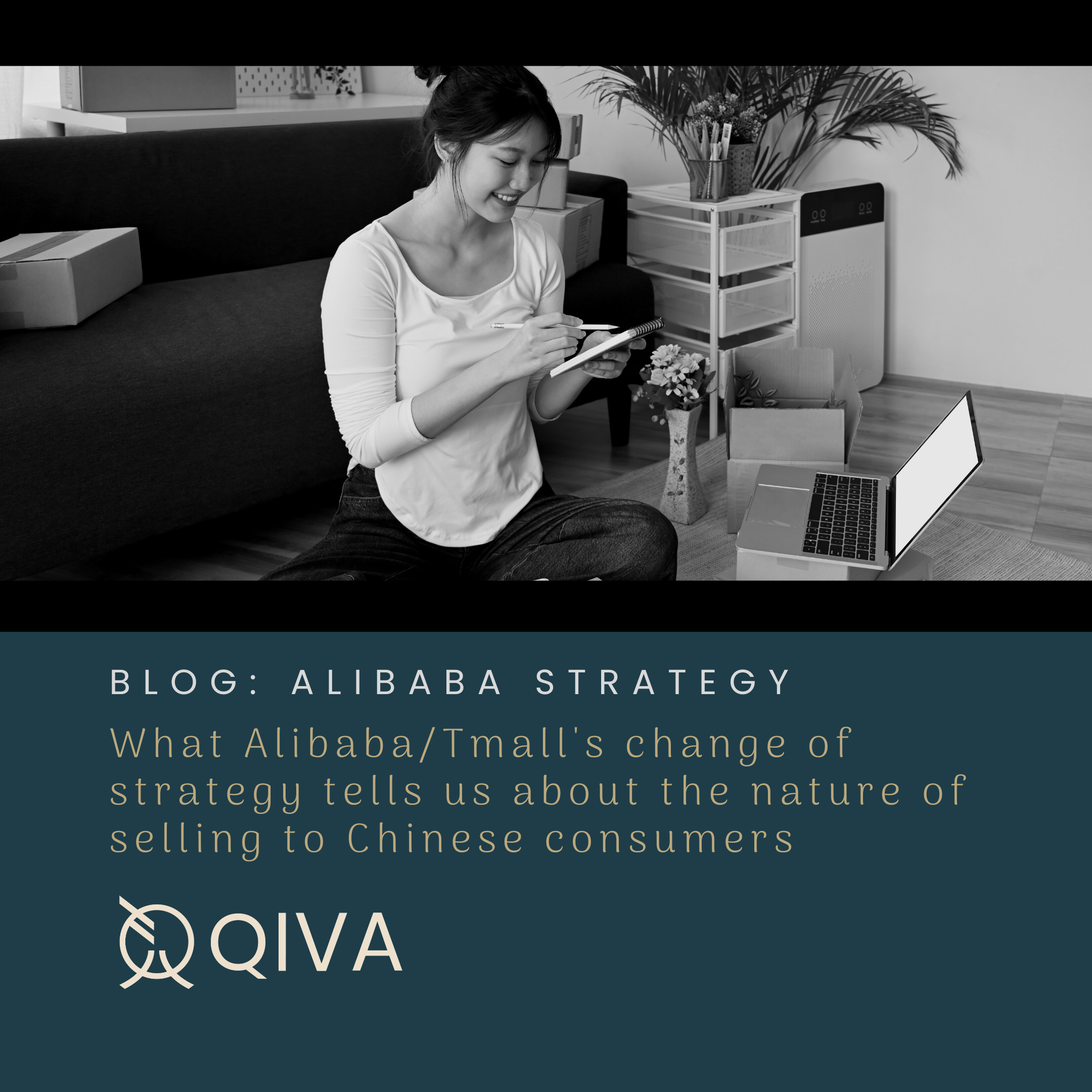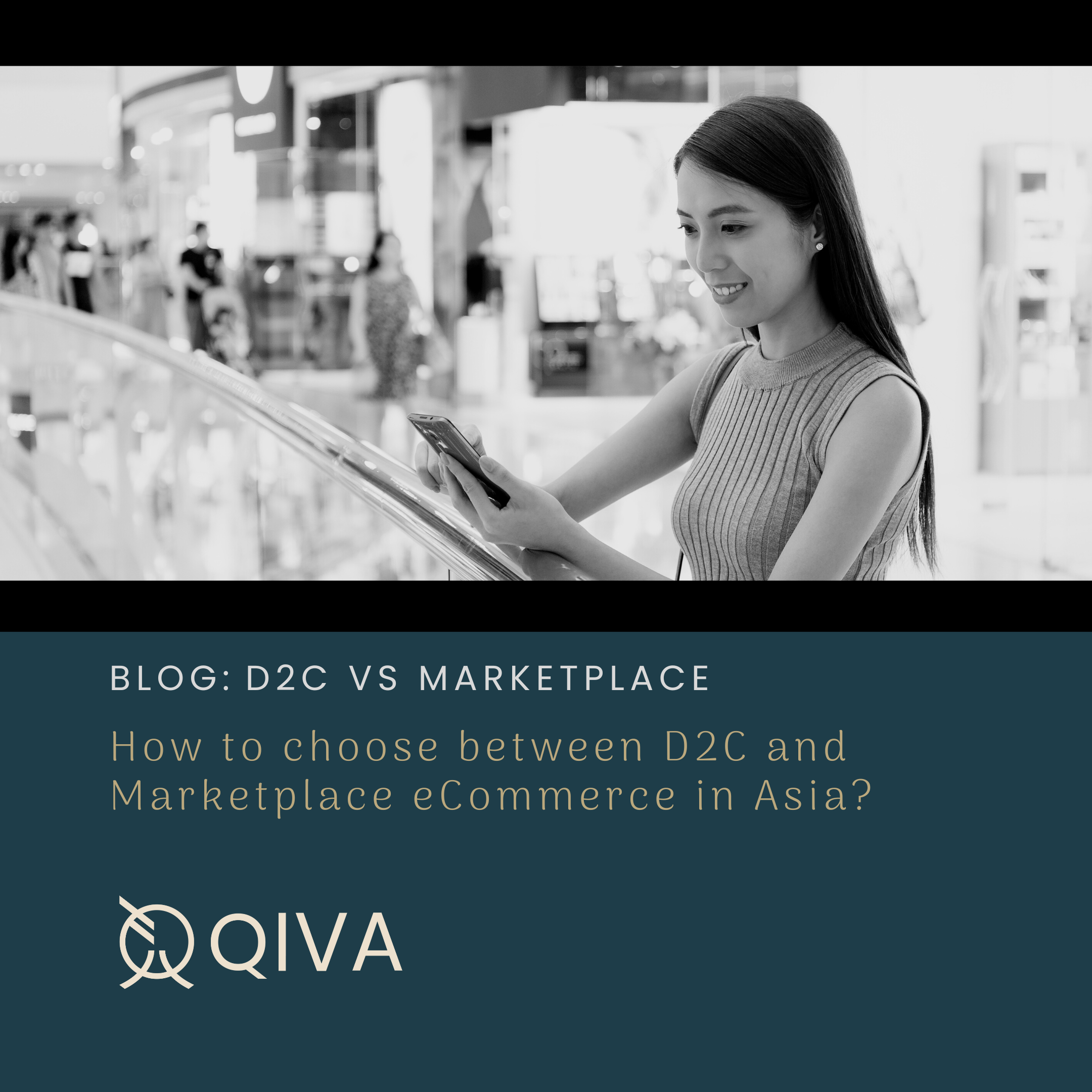What are the differences between eCommerce in Europe vs. China or Asia? It all lies in the customer journey.

Researching your customer journey is key to launching in any new market. Whilst it can be easy to assume that what worked in your home market is transferable, there will be differences, some of which may surprise you. In this upcoming series of blogs we will break down the key differences and similarities between Chinese and European markets, to help you understand what might be transferable and what might need reassessing.
At a basic level, it’s no surprise that the fundamentals of the customer journey look the same wherever you are in the world. The customer cycle begins with awareness - this is the stage where the customer is becoming both problem-aware and aware of your brand as a potential solution to their problem. Next the customer moves into the research and consideration stage - this is where they will build a picture of what you offer and decide whether they trust you or not. They will then move into the purchase process once they have decided to buy, before entering the advocacy phase and telling their connections about their experience of your brand and/or leaving reviews online.
In this blog we will look at the awareness phase in more detail. Your objective in this phase is to grab your customers’ attention and stimulate their interest in your product or service. But how do your customers become aware?
In Europe, we rely on Google to provide us more trustworthy and informed information than your average Joe – over 50% of us will use search engines for brand and product discovery. We even speak to Google as though it were a person! “What is the best way to manage X if you have Y”, for example.
But China? In China, the nearest equivalent to Google is Baidu. Baidu has market share, but you will find (please test this with your own colleagues and friends / network) that it is not trusted in terms of providing high quality information – the general assumption is that someone has paid for it to be there. Obviously, the discerning Google user has every right to think similarly, though we tend not to, as indicated by the number of people who use it. On average there are 5.4 billion Google searches per day, globally.
Where in Europe, we use search algorithms and trust them as a source of information, Chinese consumers will use people. It sounds obvious, right? A collective culture and all that. But if you think about it from a purely pragmatic perspective, it means this: do not rely on search algorithms to reach Chinese consumers, you need to master interest algorithms. Because consumers trust people to direct their attention, and algorithms therefore allocate content based on interest matching.
So what does this mean for you?
It should be empowering. You don’t need to be bamboozled by the names of platforms, social apps, new trends…you need to enter the Chinese, or any market for that matter, armed with plain-talking logic.
How are you grabbing your customer’s attention?
Need an operating partner to help you do it? We need to talk!
You can see a recent video of our CEO, Ellie Adams, recently presenting this concept at the Alibaba Gateway to Growth conference here: https://crowdcomms.com/gatewaytogrowth/modules/146435/agenda/session/396809





